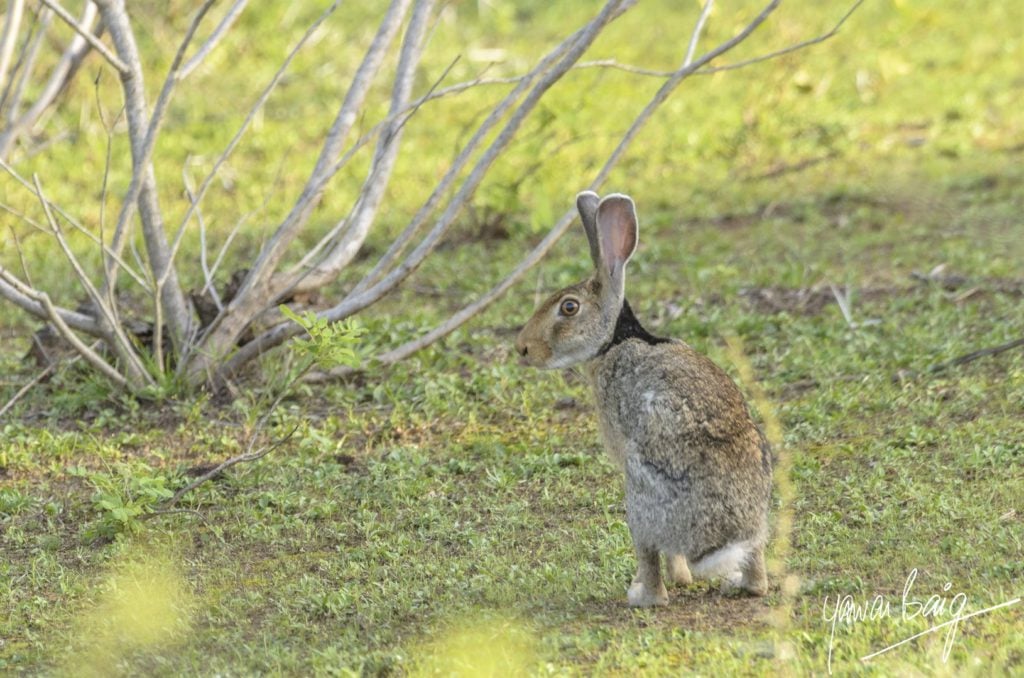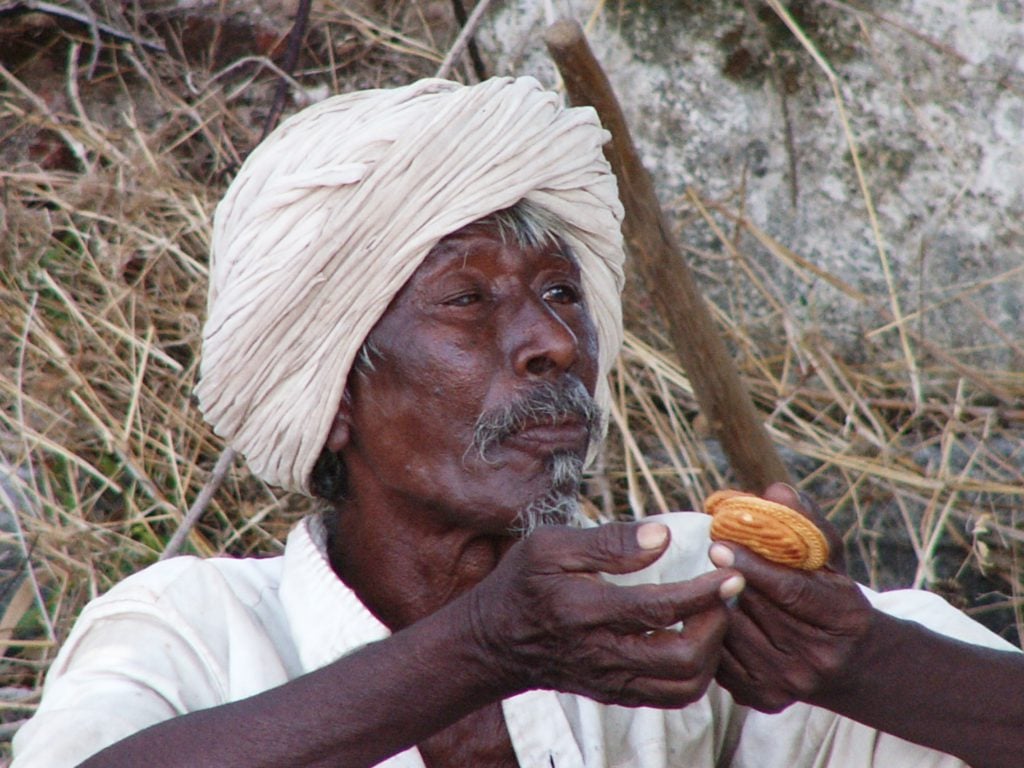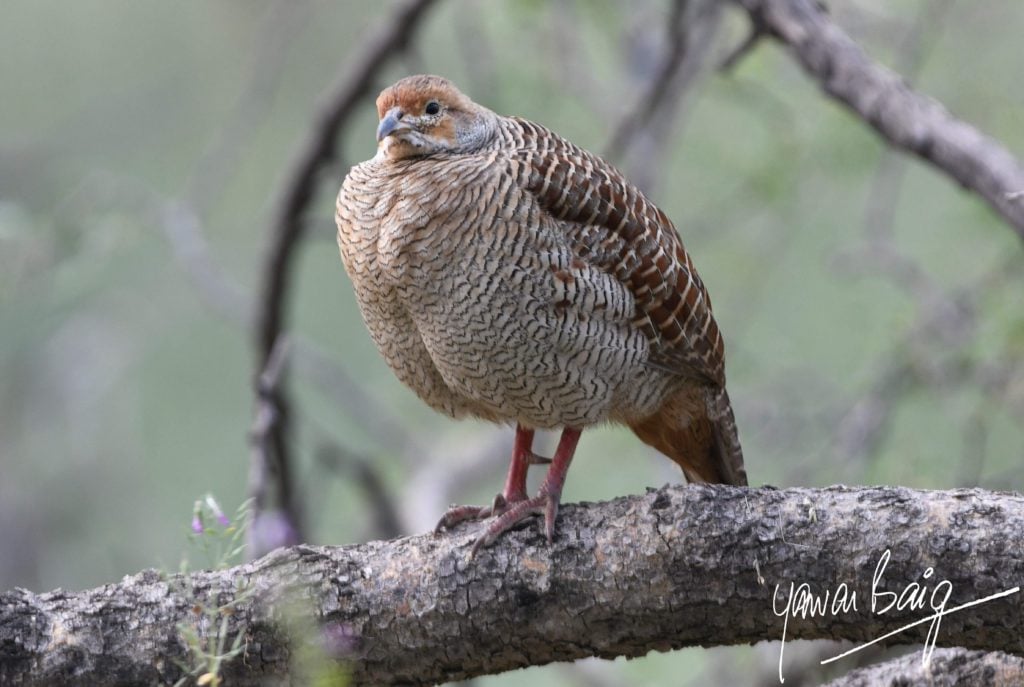
We saw a lot of change in our time. Perhaps more than any other generation before or after ours. We used to cook on wood, then kerosene, then LPG gas. I can remember a time without a fridge – there weren’t any in the market until Allwyn Prestcold. We had one of the first of them and that stayed with us for 18 years. We had no television, until the box-like black and white TVs came on the scene. Only in 1985, after the first Asian Games did color TVs first become available. There were two cars on the road – Fiat (Premier Padmini) and Morris Oxford (Ambassador) and two motorcycles, Jawa, and Royal Enfield. And no air-conditioning. Later some people started fitting air conditioners in the dashboards of their Ambassador cars which would have been more appropriate in the windows of their homes, and which had to be switched off every time they went up a gradient. The engine couldn’t take the load. Both cars came with bench seats on which you could seat as many people as you wished. No seat belts, airbags or any of the other things which are now standard on all cars. There were no air conditioners in our homes. We didn’t need them. Summers were not as hot as they are today. Hyderabad was one of the greenest places that I can remember. We had fans but didn’t use them much because the weather was not very hot. Except for about a month in May, it was cool and dry.
Monsoon began always on June 7, and we went to buy fish as it was believed that it was good for health to eat fish on the day the monsoon set in. My father would take us to the Monda Market in Secundrabad, and we would gingerly tiptoe through the slush of the fish market, trying not to get splashed by the tails of the live Murrel, thrashing about in shallow tubs. Bargaining was a big part of the whole experience and if you didn’t bargain, even the fisher-women thought you were peculiar. My father would bargain half-heartedly and always pay more than they expected, and we would return home with our ‘catch’. I recommend this method of fishing over every other for its reliability. Murrel is the local name for Snakehead Mudfish that is endemic to our part of the world and is the State Fish of Telangana and the most delicious fish that I have ever eaten. To keep it fresh, the fisherfolk would keep the fish in shallow tubs half filled with water and covered with a grubby cloth to prevent the fish from jumping out. Despite all that there was considerable splashing and if you weren’t careful, you could get your clothes splattered with dirty, fishy smelling water. All this was worth it when you finally ate the Murrel either in a curry or dipped in egg and breadcrumbs and fried.
We ate fruit in season because you didn’t get fruit out of season. So, the change of seasons was important, and we looked forward to them. In winter, apples (Amri) from Kashmir. In summer first grapes from the many vineyards around Hyderabad. Anab-e-Shahi and Beydana. Then mangoes from the mango orchards all over the state. Himayat Pasand, Beynishaan (Baiganpalli), Pedda and Chinna Rasaal, and Malghoba were the main varieties which we all loved. Later as the mango season came to an end in Hyderabad, we would get Daseri, Langda, and Chausa from the North. Then there were the Seethaphal and the Qarbooza (musk melon) and Tarbooz (watermelon) and occasionally peaches and plums from Bukhara. I can go on endlessly but won’t. This is enough to give you an idea of a beautiful time, long gone.
Buying fruit was a family expedition. My father would drive us all to Moazzamjahi Market which was the main fruit market of Hyderabad. This market, which has recently been restored, is named after the second son of the Nizam of Hyderabad, Nawab Moazzam Jah Bahadur, whose son was my classmate in school, Nawab Shahamat Jah. The market is a beautiful, granite building with shops around a huge open courtyard. On both sides of the shops are covered passageways. But my father wouldn’t go into the market but to a fruit seller called Sardar Mian, who sold his fruit from his pushcart. There he would say, ‘Salaam Sardar Mian, aaj kya achcha hai?’ (what is good today?) Then they would discuss fruits, politics, the weather, and Sardar Mian would also use the opportunity to get some free consultation about his aches and pains, which my father was all too happy to provide. Then the fruit would be loaded into the dicky (boot) and we would return home.
We slept in the garden on charpoys with mosquito curtains all through summer. Sometimes it rained in the night and then you waited to see if it would stop after the first few drops. If it did, you just went back to sleep. If not, there was a great good-natured rush to take all the bedding back inside the house. And of course, the doors of the house were never locked because you may need to get up in the night to commune with nature and you didn’t want to be fiddling with keys and locks at that time. Why would you want to lock the door anyway?
Chappatis were always hot, with butter on them. The meat was plenty, fried with fabulous red chili or green coriander, mint, and green chili masala and eaten until you couldn’t eat any more. We ate mutton, never beef. And don’t forget Ameen Sayani and Binaca Geet Mala of Radio Ceylon.
Every morning after the Fajr prayer my father would take us, my brother (10), my sister (11), and me (12) to Kukkatpally for a walk. What we saw as we drove out of Czech Colony and took the Bombay Road (this was the old road to Mumbai) was first the railway crossing at Sanatnagar which had a boom gate that would be closed if a train was on the way. At the gate was a glass manufacturing factory. Then we crossed the gate and all you could see on either side of the road were rice fields. These would be cultivated after the monsoon and would remain dry during the summer, their black-cotton soil, clayey when wet and caked hard and cracked in the summer heat. After a couple of miles you came to an old, fortified gateway, the remnant of an ancient fort that was Kukatpally. My father would drive a little way past that and park the car by the roadside. Then we would strike out across the open scrub forest on the left of the road and walk for an hour.

The sun would be rising at that time, and you could hear partridges and quails calling all around. Occasionally, you would hear a peacock. I don’t recall hearing any jungle fowl. We would see many a Black-naped Hare (Lepus Nigricollis) sit up alert, his ears panning to catch any sound as he watched us approach along the pathways that we walked. Then when he thought we were getting too close, he would dart away and vanish into the brush. Occasionally we would also see Jackals, always in pairs hunting together. They would move with their nose to the ground or raised high to catch the scent of prey on the air. They didn’t really care about us one way or the other. The land was interspersed with Lantana, wild Seethaphal, and Acacia shrubs. There were very few large trees. Only the occasional banyan that grew when some bird planted a seed that it had eaten. Banyan trees have small fig-like fruit which is a favorite of birds, and the result of their gluttony is a lot of banyan trees all over. The earth was covered with tough grass which only sheep and goats seemed to eat. Consequently, we would often see shepherds with their flocks with whom my father would exchange a flying greeting.
The Indian shepherd is a patient being. He stands leaning on his staff, a dusty white dhoti around his waist, wearing a dusty white shirt that has an inside pocket for his beedis (raw tobacco cigarette), and a dusty white turban tied loosely on his head. When he got tired of standing, he would sit with his knees drawn up to his chin and tie the turban around his knees and back which gave him lower back support to the extent that he would comfortably doze off in this position. He would also have his trademark black sheep-wool blanket which was used as a bedroll, ground sheet or rain cover. His sheep would graze all around him while he dozed. Sometimes he would use his staff to strike down leaves from the shrubs and trees that his goats and sheep couldn’t reach. This combination of goat and sheep pasturing and the acidic urine that they pass destroyed a lot of the open semi-arid grasslands which covered the Deccan Plateau. But for poor shepherds, what’s the alternative?

One day as we were on the way back to the car, we were suddenly surrounded by a flock of sheep which walked very close to us and wouldn’t leave us. My father uncharacteristically hurried us along and we eventually reached the road. We found the shepherd there as he had gone to the village to get some breakfast at the tea shop. When we got into the car, my father explained why the sheep had been crowding us. There had been a leopard stalking them. My father was worried about us and so hurried us along. The sheep stuck to us because they knew that the leopard wouldn’t attack them if there were people close by. Looking at the mess of housing that covers these areas today, it is difficult to imagine that in the 60’s leopards hunted there.
On Sundays there was a village market round the corner from where we lived in Erragadda. People from outlying villages brought their produce; vegetables, grain, eggs, chickens, sheep and goats, cattle, and handicrafts – mainly baskets and earthenware pots, to sell. I would spend almost the entire day in the market because it was an absolute treasure trove from my point of view. I would cycle down there first at about 10.00 a.m. or so and survey the offerings. Then when I had all the information I needed, I would return home to get the finance organized. This consisted of begging my mother to try to convince her about how badly I needed a particular hen which was so good that it would be sold if I didn’t rush back to get it. My mother was mostly cooperative, and I would get the money. The cost of one mature laying hen was Rs. 5. One Sunday I bought two hens for Rs. 11, which my mother made me return because I had overpaid. A pregnant goat was Rs. 30-35. A local buffalo with straight horns was Rs. 400. Mutton was Rs. 8 per kilogram. Tripe which I used to buy for my dogs was 50 paise per kilogram. All this poultry was what today we call free range. The eggs had dark brown shells and deep orange yolks and tasted lovely. The meat of the chickens, which you had to chase all around the yard to catch, tended to be a bit gamey and needed to be cooked well to get it tender but always retained its texture and taste. ‘Organic’ was the default. If you had time, then rubbing the meat with the latex of raw papaya and leaving it overnight in the fridge, ensured that the meat would be tender when cooked. But usually we chased, caught, slaughtered, and cooked the chicken, all in sequence. Chicken was a delicacy, eaten on special occasions, usually when you had guests. This was before we had heard of broilers. Today broiler chicken is the most eaten meat, and it is tasteless, pasty, and not a delicacy by any stretch of the imagination.
I was a connoisseur of chickens and collected all sorts of varieties. I discovered that there was a government poultry farm in Patancheru where now there is ICRISAT. So, one weekend I decided to go there to see what they had. Patancheru to Hyderabad was 26 kilometers. Still is. Take away 5 kilometers as I was going there from Sanatnagar, which still meant a ride of 20 kilometers one way. I left in the morning and returned in the evening with a pair of beautiful Australorps in my cycle basket. The name is a contraction of Australian black Orpington. Since Australians did the major development of this breed in Australia, Australorps are the honorary National bird of Australia.
The rooster was black, massive, and had a crow like a trumpet. The hen was fat and very dignified. The two were true aristocrats. My friend Irfan Mahmood, whose father was then DIG of Police, was another chicken enthusiast and we used to exchange roosters and cross breed our own varieties. Sometimes Irfan’s Rhode Island Red rooster would be a guest in my house and sometimes my Australorp rooster would go visiting Irfan’s hens. Then we would carefully collect the eggs and set them under a local country chicken because Australorps and Rhode Island Reds were too aristocratic to bother about incubating eggs. It had to be a poor country chicken who had to raise their young. Other breeds we had were Plymouth Rock and Leghorn, both of which laid more eggs than our country chickens but once again didn’t like to incubate them. So, we had the country chickens playing mother to broods of foreigners.
One of the delights of Erragadda Bazar was the sacks of Murmuras (puffed rice) from which for 5 paisa the seller would scoop out a quantity and mix some roasted lentils and one or two dried chilies and hand them to you in a paper bag made from old newspapers. I would buy a small bag, then walk around the Bazar eating my Murmuras and examining what there was to see. Sometimes you would see men of the Pardhi tribe who used to trap partridges and quail, with their catch. I never liked the idea of eating these poor birds and tried rearing them but was not successful. It is interesting how they trap them. They have a pet male bird in a cage. They take this bird into the open scrub forest and place the cage, covered with a cloth, in the middle of an open area and spread their nets and snares all around the cage and camouflage them by scattering sand or grass over them. Then they would remove the cover of the cage. The bird then starts calling and those that hear his call come to investigate. Partridges are territorial and so the males come to answer the challenge, and the females come to watch the fun. And all get caught in the snares.

There is a lesson there for living peacefully and not being too ready either to fight others or to watch a fight. No telling where it will land you. Alright, enough of nostalgia for one day. More later…we must remember to remind ourselves that we are not lying and that we lived in those days. We are the last of that generation.
